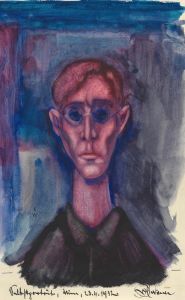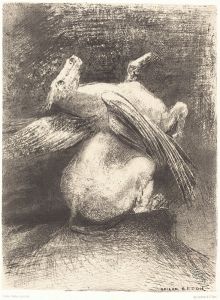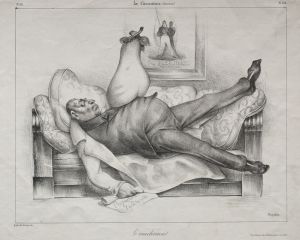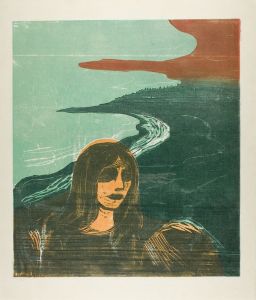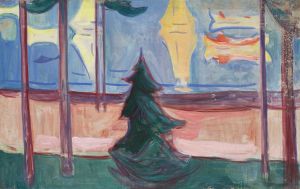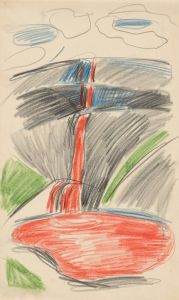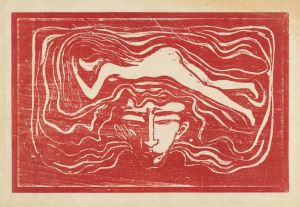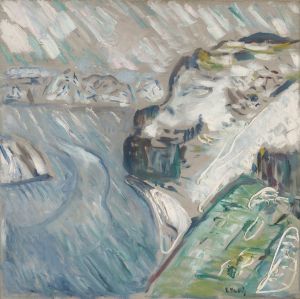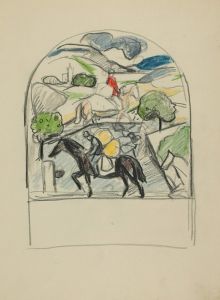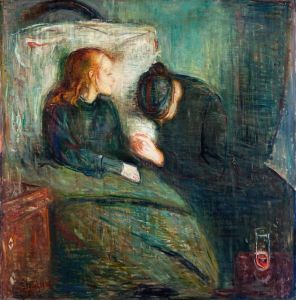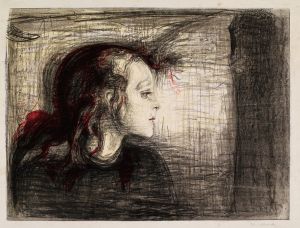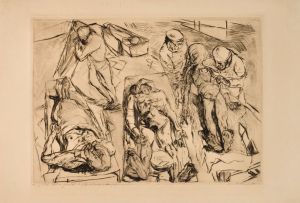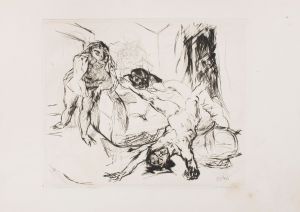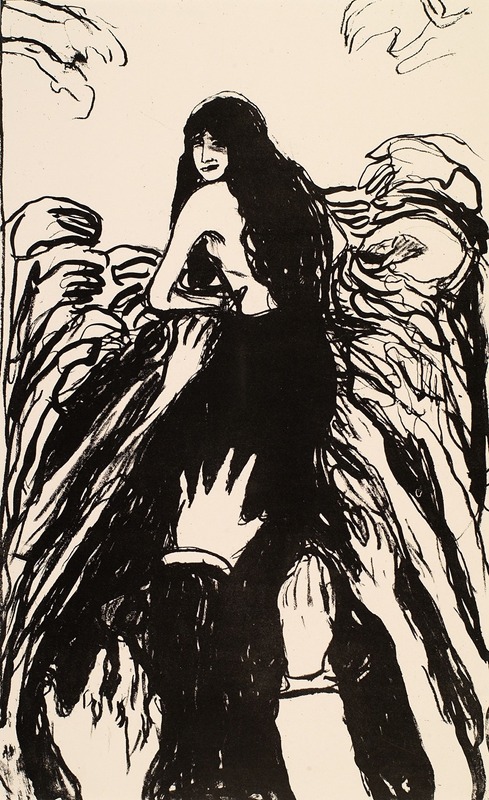
The Hands
A hand-painted replica of Edvard Munch’s masterpiece The Hands, meticulously crafted by professional artists to capture the true essence of the original. Each piece is created with museum-quality canvas and rare mineral pigments, carefully painted by experienced artists with delicate brushstrokes and rich, layered colors to perfectly recreate the texture of the original artwork. Unlike machine-printed reproductions, this hand-painted version brings the painting to life, infused with the artist’s emotions and skill in every stroke. Whether for personal collection or home decoration, it instantly elevates the artistic atmosphere of any space.
"The Hands" is a painting by the renowned Norwegian artist Edvard Munch, created in 1893. Munch is best known for his iconic work "The Scream," but his oeuvre encompasses a wide range of themes and styles, often exploring deep psychological and emotional states. "The Hands" is one such work that delves into the human condition, a recurring subject in Munch's art.
Edvard Munch was born on December 12, 1863, in Loten, Norway, and grew up in Kristiania (now Oslo). His early life was marked by illness and the death of his mother and sister, experiences that profoundly influenced his artistic vision. Munch studied at the Royal School of Art and Design in Kristiania and was part of the Symbolist movement, which sought to express the meaning behind the physical world.
"The Hands" depicts a haunting and somewhat surreal scene, characteristic of Munch's style. The painting features a group of elongated, spectral hands reaching out from a dark, ambiguous background. The hands appear to be in various states of tension and movement, creating a sense of unease and mystery. This work is often interpreted as a representation of human anxiety and the unseen forces that influence our lives.
Munch's use of color and form in "The Hands" is notable. The dark, muted palette and the fluid, almost ghostly quality of the hands contribute to the painting's eerie atmosphere. Munch's technique involves loose brushwork and a focus on emotional expression rather than realistic detail, a hallmark of his style.
Throughout his career, Munch was influenced by various artistic movements, including Impressionism and Post-Impressionism, but he developed a unique approach that set him apart from his contemporaries. His work often features themes of love, death, and existential angst, reflecting his personal struggles and philosophical inquiries.
"The Hands" is part of Munch's broader exploration of human psychology. His interest in the inner workings of the mind was influenced by contemporary developments in psychology, particularly the theories of Sigmund Freud. Munch's art can be seen as a visual counterpart to the burgeoning field of psychoanalysis, with its focus on the subconscious and the emotional undercurrents of human experience.
Munch's impact on modern art is significant. His work prefigured the Expressionist movement, which emerged in the early 20th century and emphasized the depiction of emotional experience over physical reality. Artists such as Egon Schiele and Ernst Ludwig Kirchner were influenced by Munch's innovative use of color and form to convey psychological depth.
"The Hands" remains an important piece within Munch's body of work, exemplifying his ability to capture the intangible aspects of human existence. The painting is housed in the Munch Museum in Oslo, which holds the largest collection of Munch's works and serves as a testament to his enduring legacy.
Edvard Munch continued to create art until his death on January 23, 1944. His work has been celebrated for its emotional intensity and its pioneering role in the development of modern art. "The Hands" stands as a powerful example of Munch's ability to evoke the complexities of the human psyche through his distinctive artistic vision.





